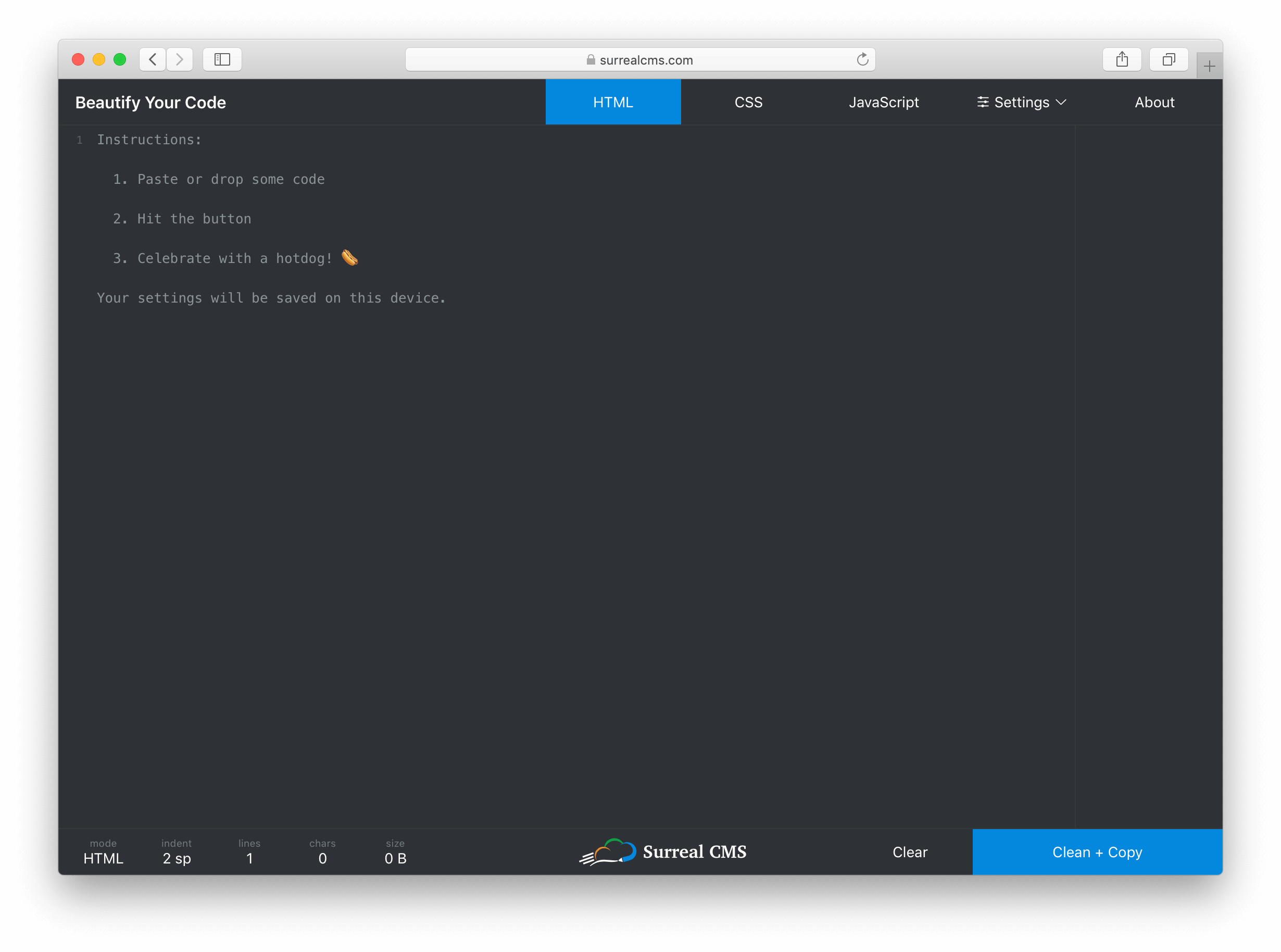

Now, you can see output without Css and JavaScript.
#Dark mode switch css code#
But, as always, make sure that the browsers your expect to target support the media query. There is all the html code for the Light/Dark Toggle Mode Switch.The best part of this media query is that it removes the need of using JavaScript to apply dark-mode to the The following example creates two variables in a body block and one in a h1: body-color,įont-color and h1-color. It’s important to notice that these variables are supported by vanilla CSS there is no need toĪs their name indicates, CSS variables allow us to store values once and use them across our stylesheet. It gives users the option to choose a theme that's comfortable for them, whether they're working during the day or at night. Now, newer versions of most modern browsers support them. Dark mode is starting to become a requirement rather that a nice-to-have feature like it was back in the day. With many years in the making, browser support for CSS variables expanded around 2016. Modern CSS, however, now includes features that allow developers to override easily override stylesĪcross a website or web application. Most of the time leading to custom solutions that relied heavily on JavaScript and working around CSS’s rules. Web developers have looked for ways to customize their users' experiences with different color palettes

Ever since the beginning of the Internet, For creating a toggle switch button we are going to use the input element of the type checkbox. we usually use a toggle switch button to represent the on or off status of a specific feature or functionality.

#Dark mode switch css how to#
In recent years, “dark mode” has become widely popular. In this tutorial, we will learn how to create a dark mode toggle switch button using HTML and CSS.

In this post, we will explore CSS variables and the prefers-color-scheme media query, and we will build a small example of how to implement dark-mode in a website without using any external libraries and with little to no use of JavaScript. matchMedia( "(prefers-color-scheme: dark)") To fix this, we can use the addEventListener function, as shown below. The change will only be applied after the page is reloaded. One thing to note about this method is that the change is not realtime. Open index.html in your browser to see the result. If not, we set the body background color to #f5f5f5, and the content element’s class attribute to light. If true, we set the body background color to #1a1a1a, and the content element’s class attribute to dark. We then check if the dark variable is true. In this case, we are selecting the content element. This function will return the first element that matches the specified id. We then create a variable called content and assign it to the document.getElementById function. In this case, we are selecting the body element. This function will return the first element that matches the specified selector.
#Dark mode switch css free#
We then create a variable called body and assign it the document.querySelector function. JCollection of hand-picked free HTML and CSS toggle switch code examples. This object will contain a matches property that will be true if the system dark mode is enabled. This function will return a MediaQueryList object. when a user changes a toggle, to switch between the light and dark themes. We first create a variable called dark and assign it to the window.matchMedia function. Developers are adding dark mode CSS on native applications to support their. matchMedia( "(prefers-color-scheme: dark)"). Our dark mode in CSS demo also makes use of jQuery. Also create an images folder for the image (s) you want to display on the page. In this part we will learn how to detect the system dark mode using Javascript.Ĭreate a new file named index.html and open it in your code editor. Create a folder and place three empty text files inside of it: one with. In the second part, we will detect the system dark mode using CSS. In the first part of this tutorial, we will learn how to detect the system dark mode using JavaScript. If your browser does not change the color scheme according to the operating system theme (for example, in case you are using custom GTK themes in Ubuntu), you can manually change the browser color scheme in the browser settings. This tutorial assumes that your browser falls in this category. Most modern browsers change their color scheme according to the operating system theme. Light text against dark backgrounds appears higher in contrast than when the same colours are used in reverse, so to make your dark mode designs easier to read you’ll need to add more white/dark space to your text. In this tutorial we will learn how to use Javascript and CSS to detect when the system dark mode is enabled, and change the colors of the page accordingly. Many people prefer it because it is easy on the eyes. Dark mode is one of the most necessary features of the web.


 0 kommentar(er)
0 kommentar(er)
